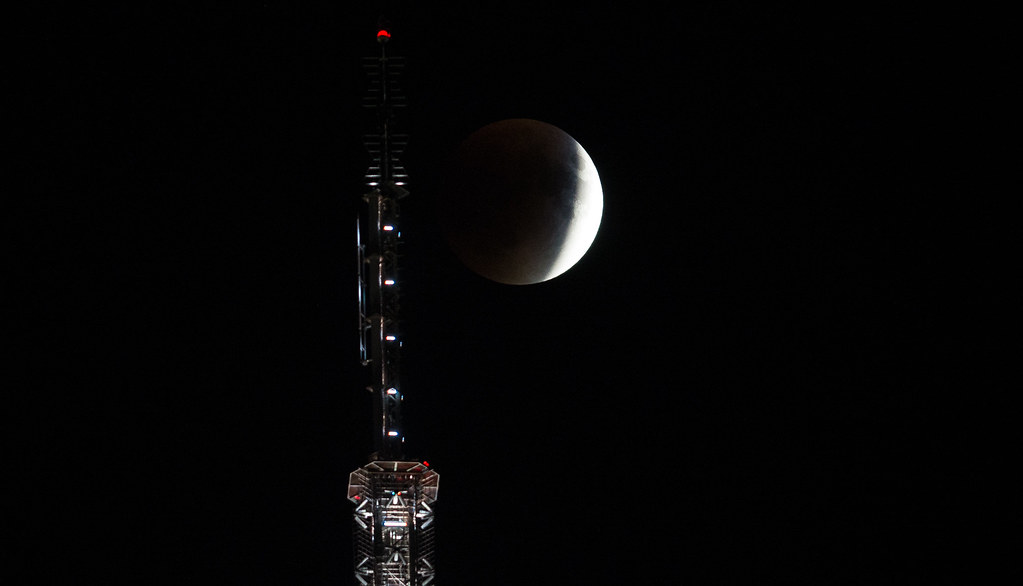The moon will be totally eclipsed by the earth for a total of four minutes, 11 seconds. That makes this the last total lunar eclipse until 2021!
If you miss the moon Wednesday, you won’t see another like it for three years.
A total lunar eclipse will happen early in the morning for North Americans, with the farther west being better to see it. It’ll be visible throughout Asia, Australia and the rest of the Pacific after sunset. After, Uranus will be visible just a finger’s width above the moon and will resemble bright star.
Totality will last 1 1/2 hours on August 21, 2017 — from 5:16 a.m. to 6:42 a.m. EST — as Earth passes directly between the moon and sun.
Known as a blood moon, this upcoming eclipse will appear red because the Earth’s sunlight will be bent around us when it hits the atmosphere. The best place to view the eclipse is anywhere along a six-and-a-half-hour strip from Oregon in America to South Africa. Binoculars and telescopes can enhance viewing, but it must be done during clear skies.
The partial eclipse will be visible in portions of South America, assuming that the weather is cooperative. Africa, the Middle East and most of Europe will have to wait until 2025 for a full lunar eclipse.
Some of our favorite sources for a livestream of Tuesday’s lunar event are Griffith Observatory in Los Angeles and the Italian-based Virtual Telescope Project.
The second total lunar eclipse of the year, which took place in May, has many people excited. The last one happened in October of 2000! Plenty of partial lunar eclipses are happening this year, but a new total lunar is not expected until 2025.

